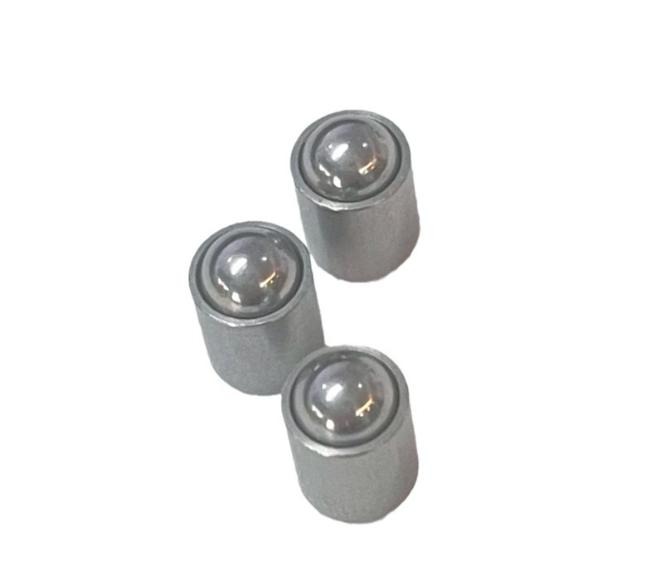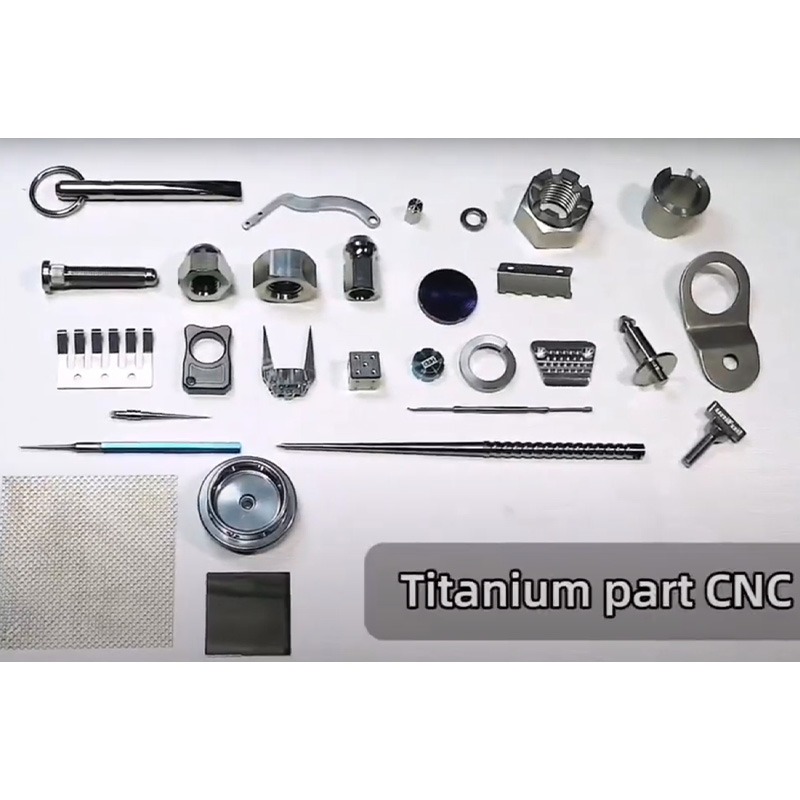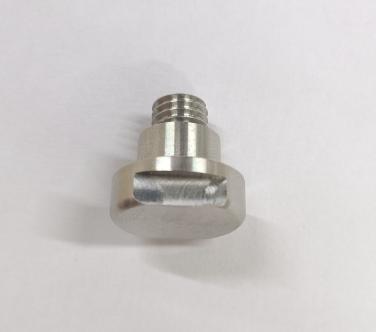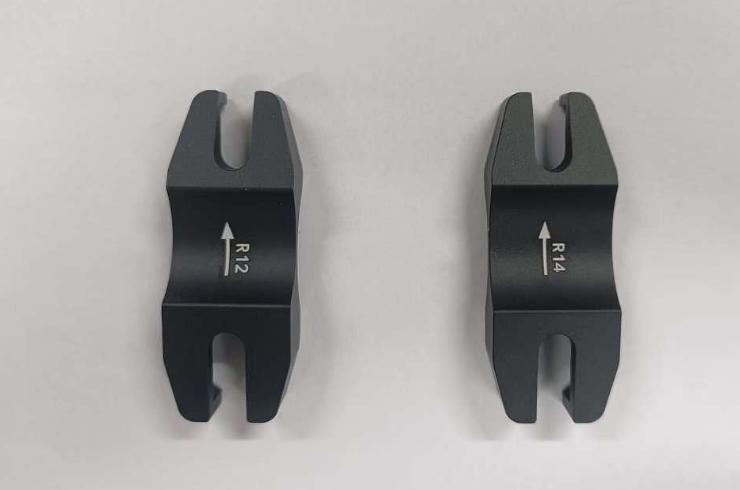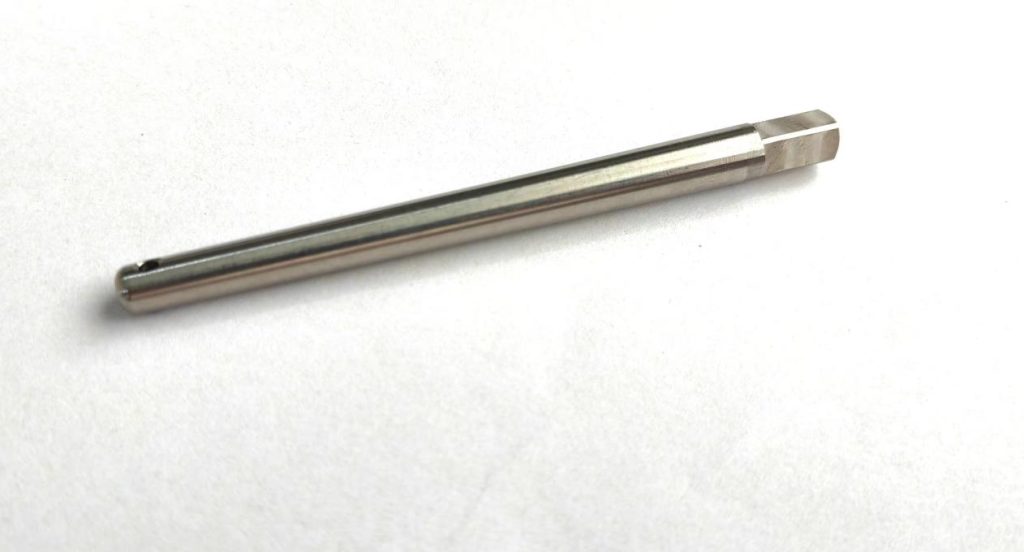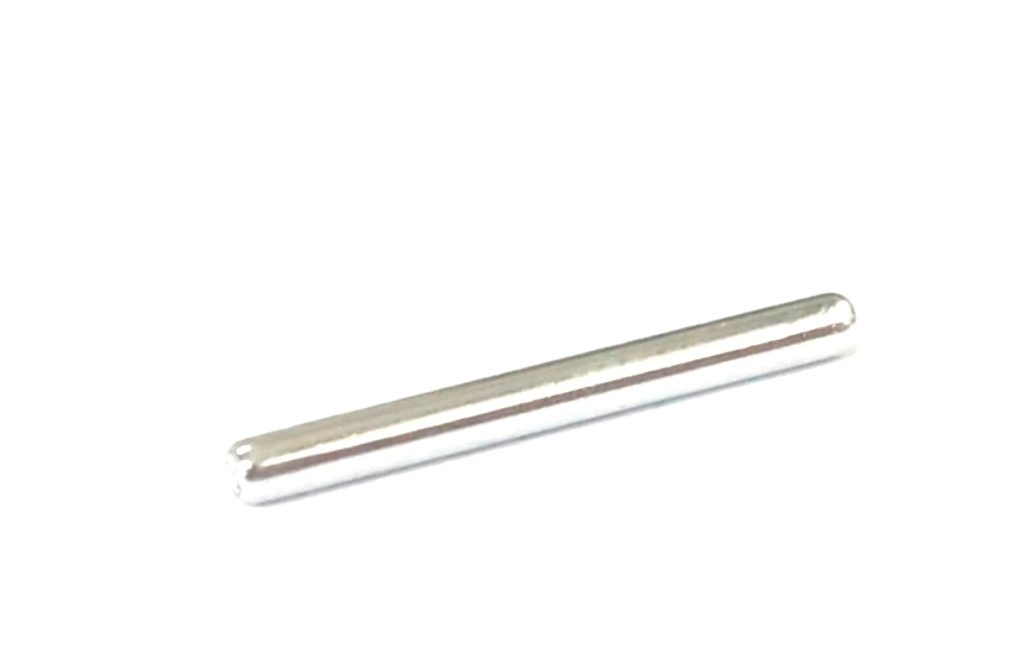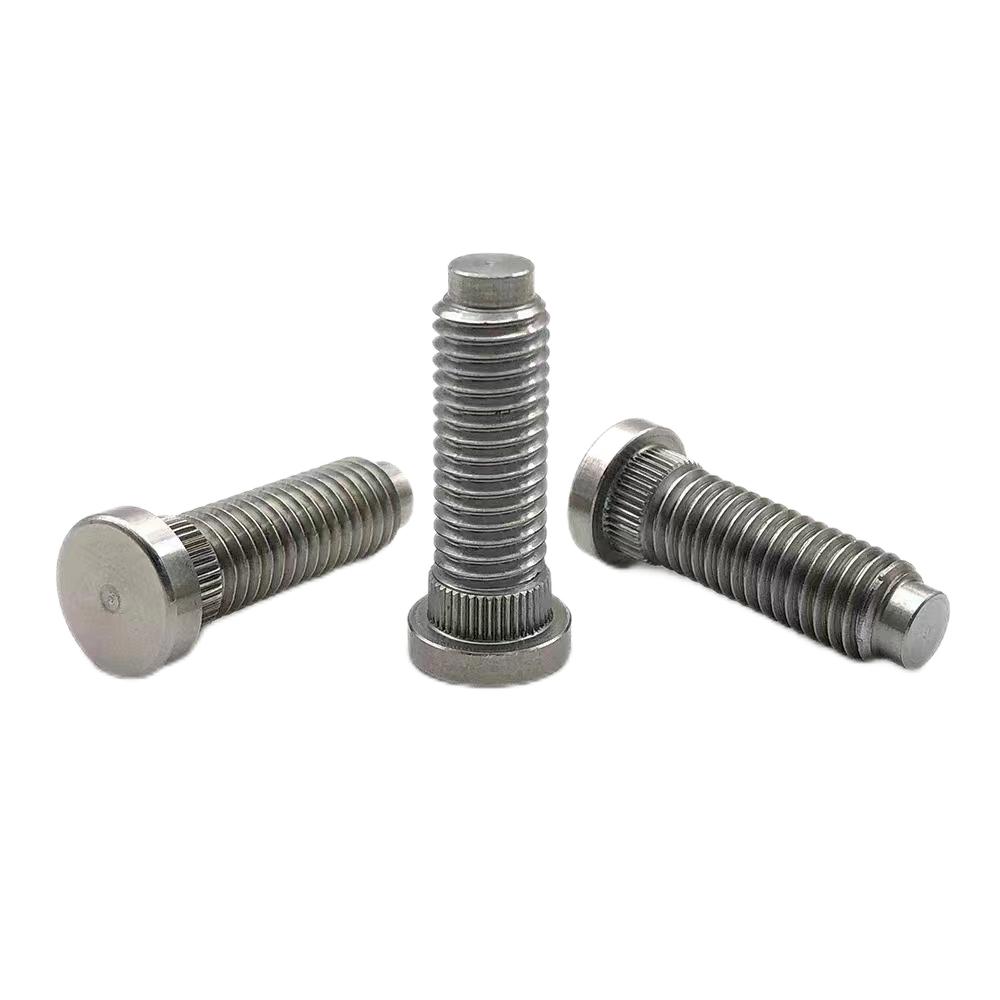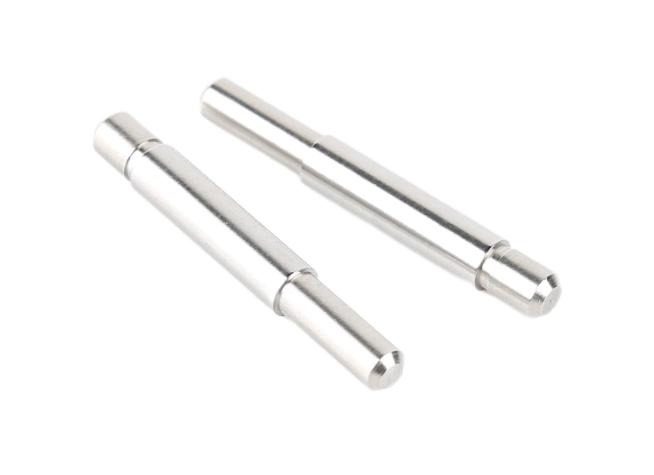How to Do a Good Job in the Optimization of CNC Toolpath?
Toolpath optimization is a critical process in the field of Computer Numerical Control (CNC) machining, where precision is critical. CNC machining is the art and science of strategically planning a cutting tool’s path to machine a part. As technology advances, the importance of CNC toolpath optimization grows, contributing to increased efficiency, lower production costs, and improved overall machining performance.
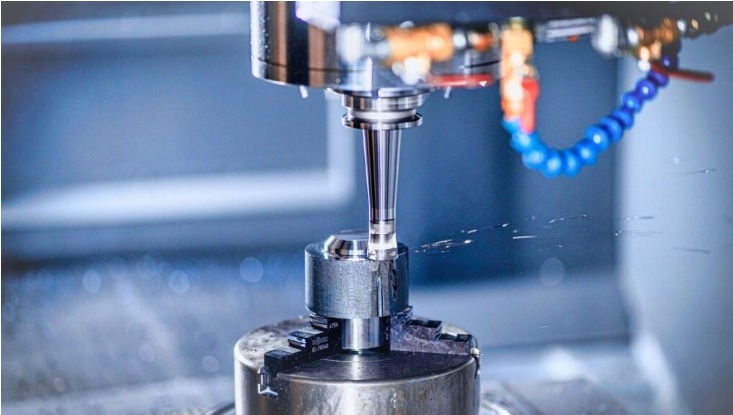
Understanding the Optimization of CNC Toolpath
CNC toolpath optimization is a critical aspect that has a direct impact on the manufacturing process’s efficiency, precision, and cost-effectiveness. It entails strategically planning the tool’s path as it moves across a workpiece to carve out the desired shape. This process is not merely about finding the shortest route; it encompasses a careful consideration of factors such as cutting speed, tool engagement, material properties, and machine capabilities.
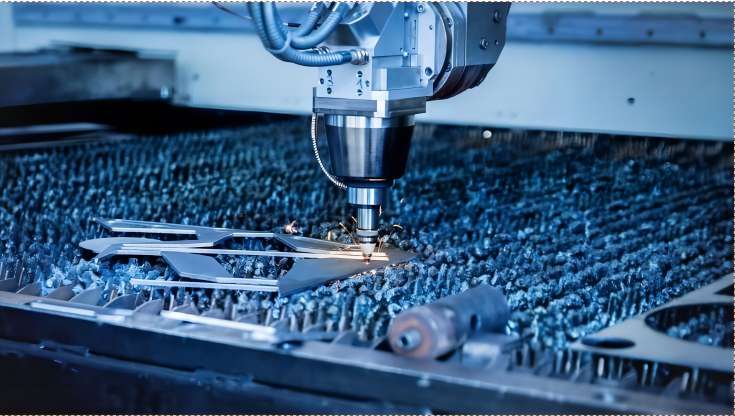
Key Factors to Take into Account for Effective Optimization in CNC Toolpath
1. Geometry of the Part
Complexity: The geometry of the part influences the toolpath selection. Adaptive toolpaths that dynamically adjust cutting parameters are often more effective in maintaining efficiency and precision for intricate shapes.
Undercuts and Overhangs: Toolpath strategies for parts with undercuts or overhangs must be carefully considered to avoid collisions and ensure proper material removal. For easier access to complex geometries, 5-axis machining may be used.
2. Material Properties
Material Hardness: Different materials have different hardness levels, which affect cutting forces and tool wear. To adjust cutting parameters, toolpath optimization algorithms should take into account the specific properties of the material being machined.
Heat Sensitivity: Some materials are more sensitive to the heat produced during machining. To avoid issues such as thermal deformation, optimized toolpaths aim to control heat buildup by adjusting cutting speeds, feeds, and engagement strategies.
3. Machine Dynamics and Constraints
Machine Specifications: Understanding the CNC machine’s capabilities and limitations is critical. To ensure that the planned toolpaths are within the machine’s dynamic constraints, toolpath optimization should consider factors such as maximum spindle speed, acceleration, and deceleration rates.
Tool Deflection: The forces that machines can withstand are limited. To avoid compromising part quality, toolpath optimization should account for tool deflection, especially when machining deep pockets or cavities.
4. Tooling Considerations
Tool Selection: The diameter, length, and material of cutting tools all have an impact on toolpath optimization. Smaller tools may be better suited for intricate details, whereas larger tools may be better suited for roughing operations.
Toolpath for Multiple Tools: When working with multiple tools, the transition between them should be optimized to reduce tool change time and ensure a smooth machining process.
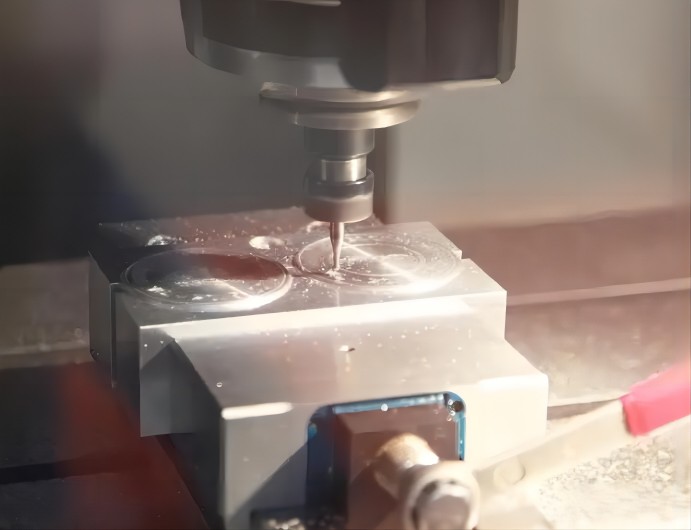
5. Surface Finish Requirements
Stepover Optimization: The stepover distance (the spacing between parallel toolpaths) significantly influences surface finish. Optimizing the stepover based on tool diameter and part geometry helps achieve the desired surface quality.
Toolpath Smoothing: Smoother toolpaths contribute to improved surface finish. Toolpath optimization algorithms may incorporate smoothing techniques to minimize abrupt changes in direction and reduce machining marks.
6. Cutting Speeds and Feeds
Adaptive Feed Rates: Toolpath optimization should dynamically adjust cutting speeds and feeds based on the geometry of the part. Adaptive feed rate strategies help maintain consistent chip loads and prevent issues like tool breakage.
Optimal Cutting Conditions: Balancing cutting speeds and feeds to achieve optimal conditions for chip formation and evacuation is essential for preventing tool wear and achieving efficient material removal.
7. Toolpath Simulation and Verification
3D Simulation: Utilizing 3D simulation tools allows operators to visualize the CNC machining process before actual production. This helps in identifying potential collisions, verifying toolpaths, and making adjustments to optimize the entire machining sequence.
Collision Avoidance: Toolpath optimization algorithms should consider the entire machining environment, including the workpiece, fixtures, and tool changes, to avoid collisions and ensure smooth operations.
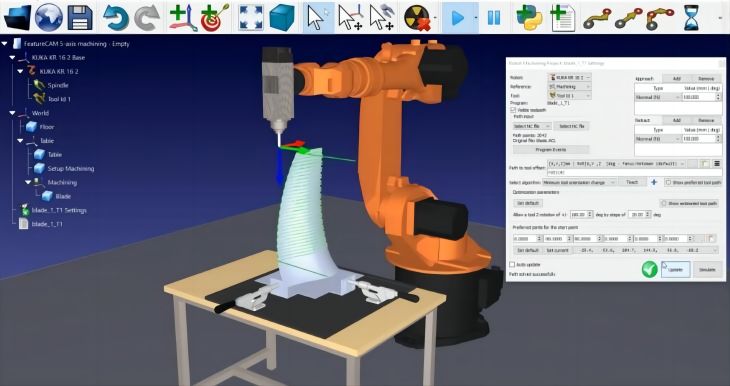
8. Toolpath Strategy Selection
Roughing vs. Finishing: Different strategies for roughing and finishing operations may be used in toolpath optimization. Roughing strategies are concerned with material removal rates, whereas finishing strategies are concerned with surface quality.
Adaptive Clearing: Adaptive clearing toolpaths remove material efficiently while maintaining optimal cutting conditions. These toolpaths adapt dynamically to the shape of the part, reducing air cutting and increasing efficiency.
9. Toolpath Efficiency and Cycle Time
Optimal Path Planning: Toolpath optimization aims to reduce cycle time by minimizing air cutting and optimizing the tool’s trajectory. Toolpaths that are efficient contribute to overall productivity and cost-effectiveness.
Toolpath Segmentation: Breaking down toolpaths into smaller segments and optimizing each segment separately can improve overall efficiency, particularly for complex parts.
10. Post-Processing Considerations
G-Code Optimization: To improve machining performance, the generated G-code, which controls the CNC machine, should be optimized for efficient tool changes, smooth transitions, and reduced dwell times.
Post-Processing Simulation: Simulating the post-processed toolpaths ensures that the G-code instructions align with the intended toolpath, minimizing the risk of errors during actual machining.
Conclusion
CNC toolpath optimization emerges as a key player in achieving precision, efficiency, and cost-effectiveness. It is a multifaceted process that requires a comprehensive understanding of the part, materials, machine capabilities, and desired outcomes. In the pursuit of manufacturing perfection, toolpath optimization remains a cornerstone, shaping the future of CNC part machining.

